Last Updated on August 2, 2021

Movie endings, they’re usually pretty straight forward right? Everything pays off, the main characters learn something, and our heroes ride off into the sunset. Sometimes though, we don’t get the typical ending from a movie, we get something much more nuanced, complex and open ended. The kind of endings that leave things up in the air for all of us to debate and theorise on until we’re blue in the face. With Movie Endings Explained, we aim to delve into some of the more ambiguous and mysterious endings to films that have left audiences scratching their heads for years, and to attempt to explain them. In most cases, a definitive answer isn’t really there, so we definitely want to hear from YOU on how you interpret the various endings we’ll be discussing with this series.
This time we look at the 1960s masterpiece 2001: A SPACE ODYSSEY from the visionary director Stanley Kubrick. So far in this series we’ve explored recent films with head scratching endings, such as INCEPTION, NO COUNTRY FOR OLD MEN and BIRDMAN, but even dating back fifty years, movies have had the effect of leaving a good portion of their audience utterly bewildered. 2001 has its fair share of critics and fans, and its dazzling thirty minute finale has sparked enough debate to literally last half a decade. Easily written off by some as “trippy” or too “abstract to have any real meaning,” the ending of 2001 is one worth exploring, though any kind of concrete explanation seems as fictitious as the movie itself. Still, we attempt to delve into some of theories surrounding the infamous “Star Child” scene, the “Star Gate” sequence and whether or not Stanley Kubrick and author Arthur C. Clarke agreed on what it all meant!


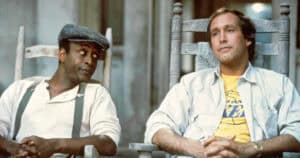
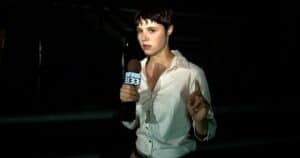
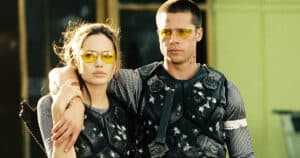
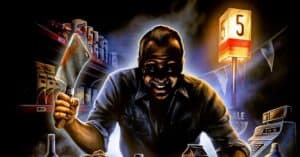
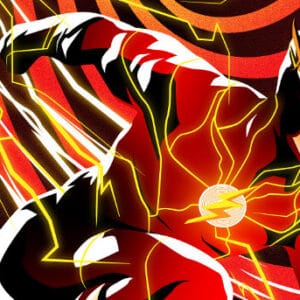
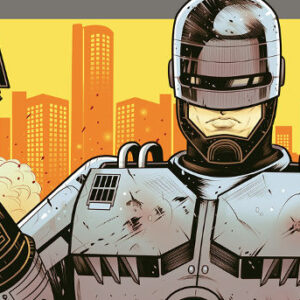
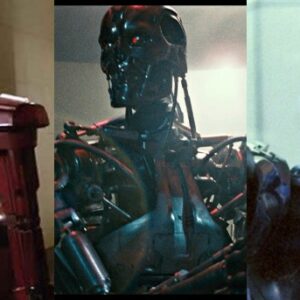
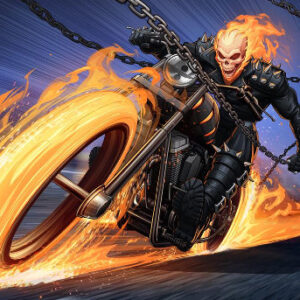

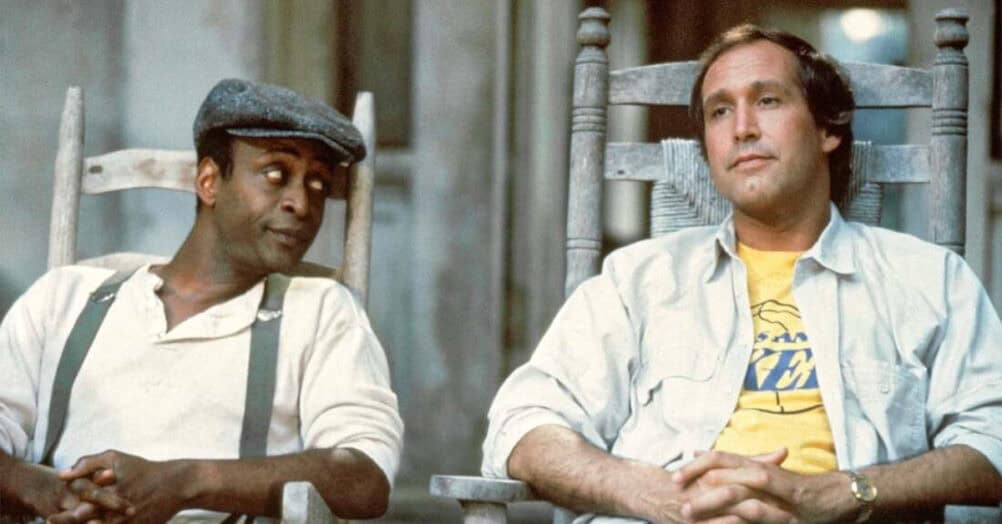
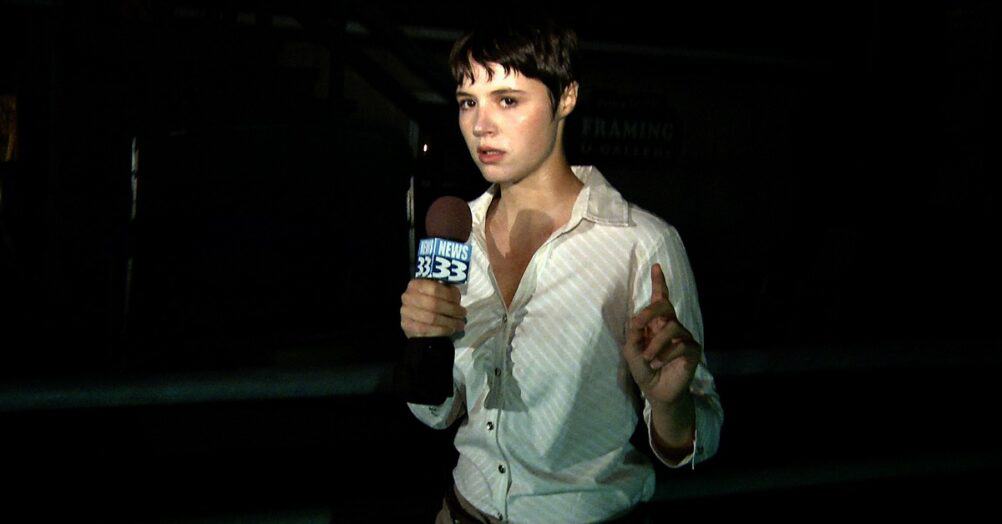
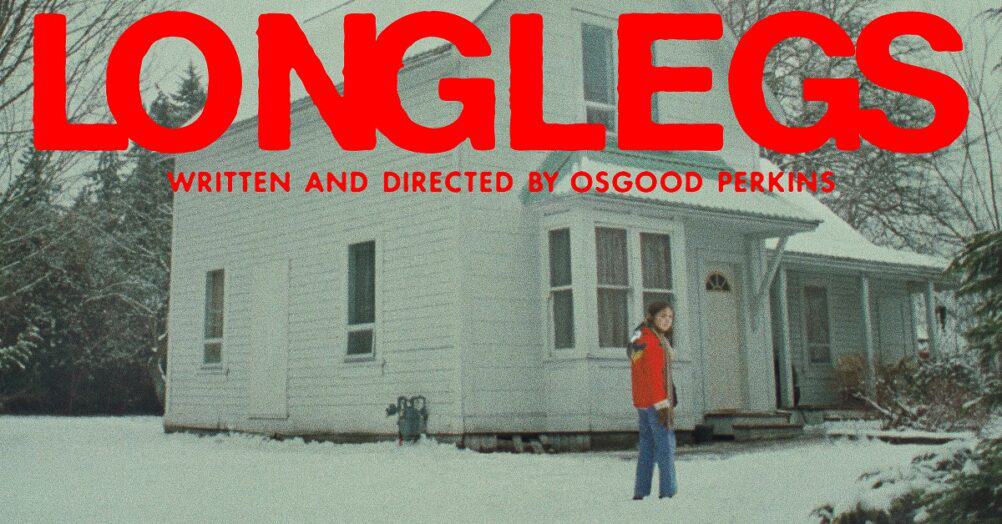
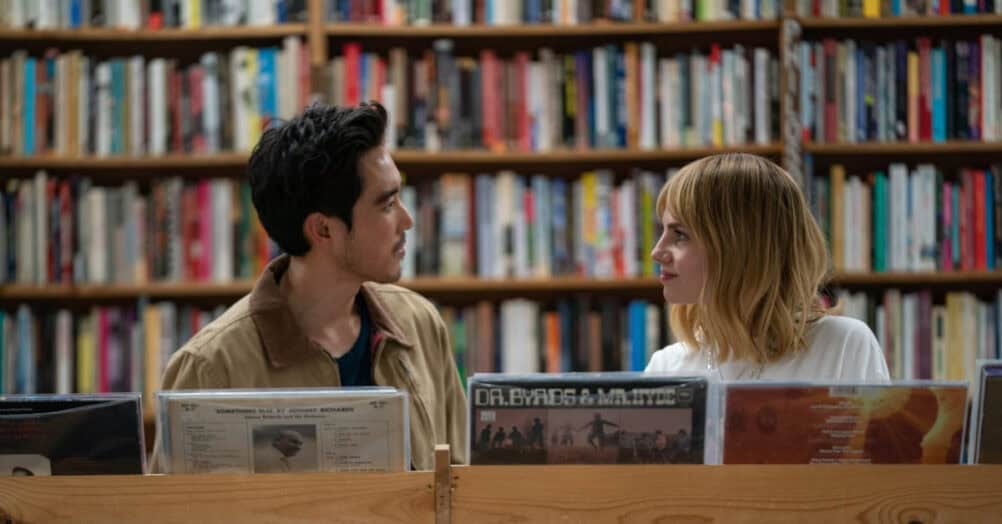
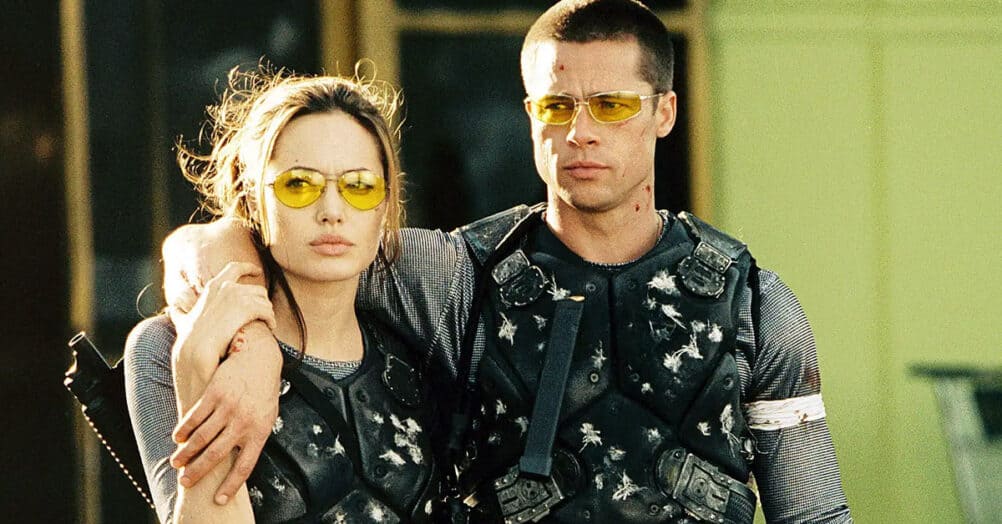
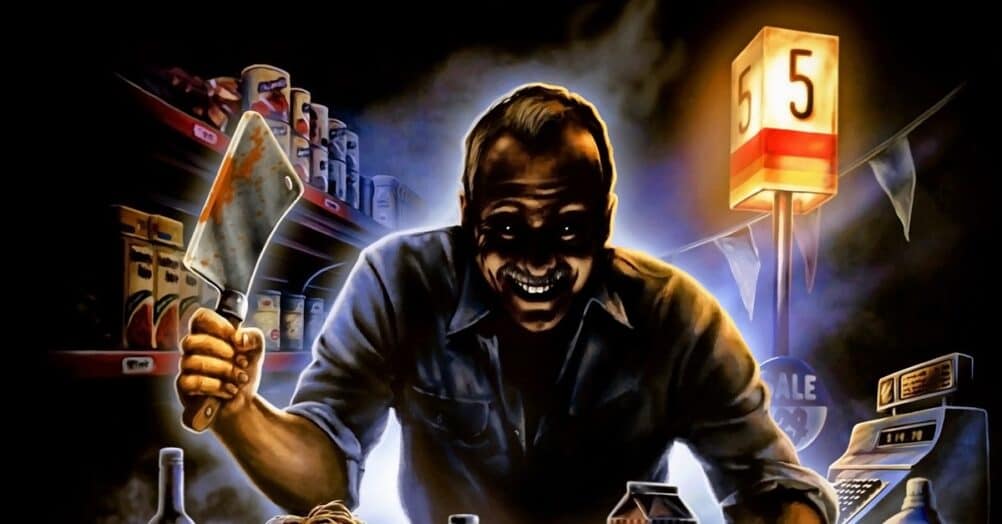

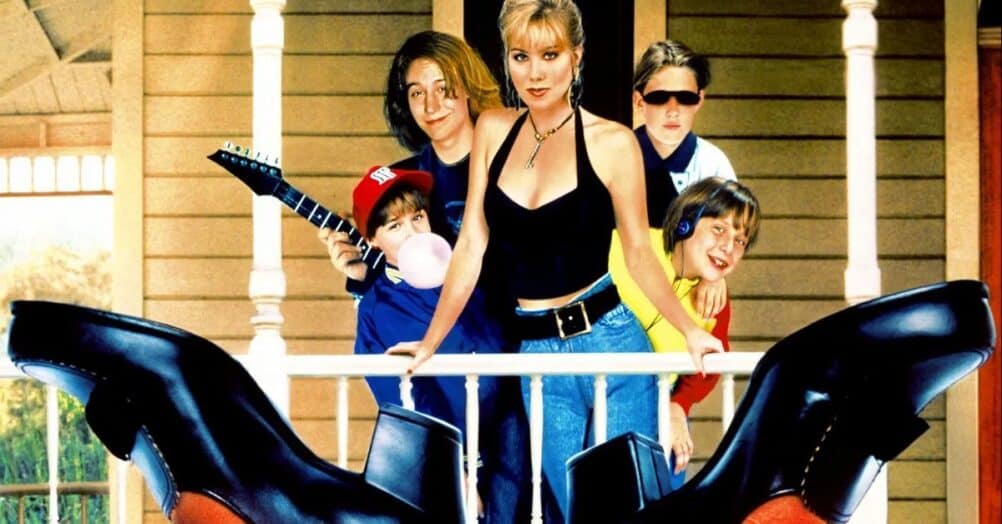
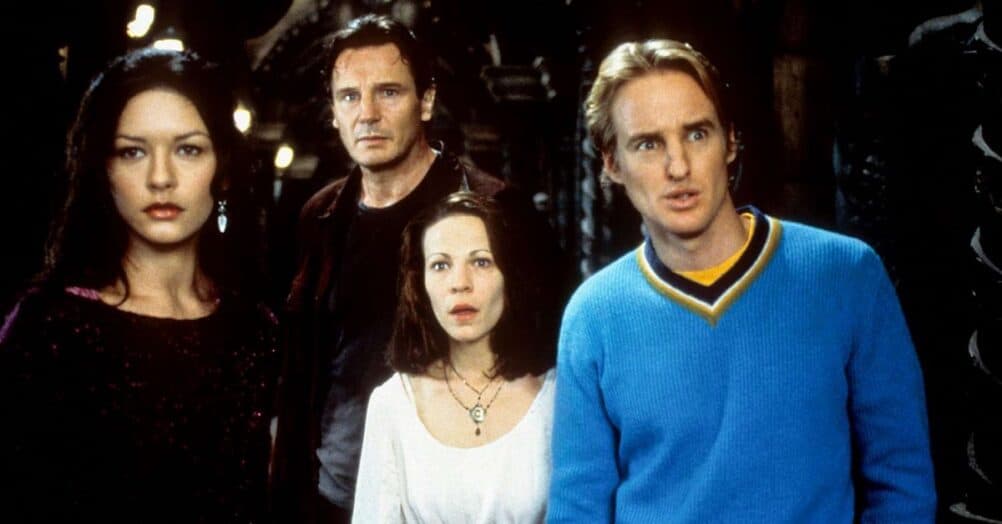
Follow the JOBLO MOVIE NETWORK
Follow us on YOUTUBE
Follow ARROW IN THE HEAD
Follow AITH on YOUTUBE